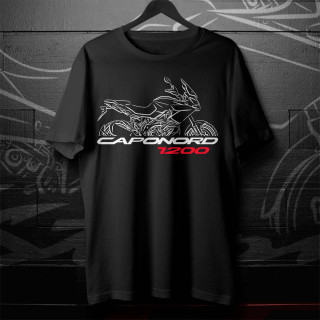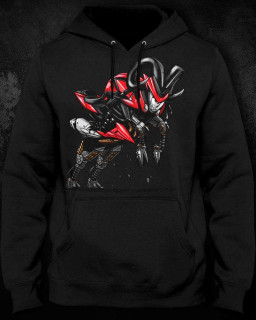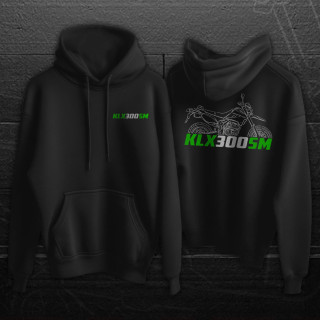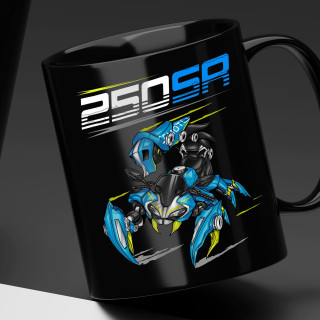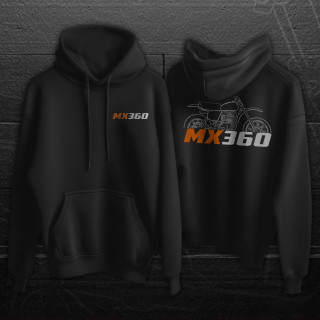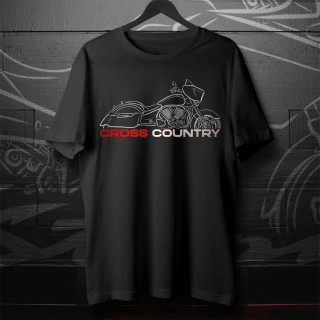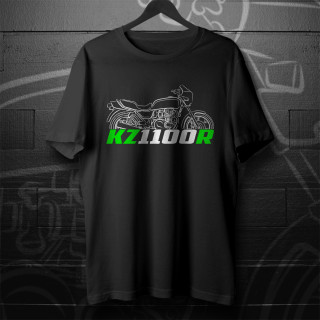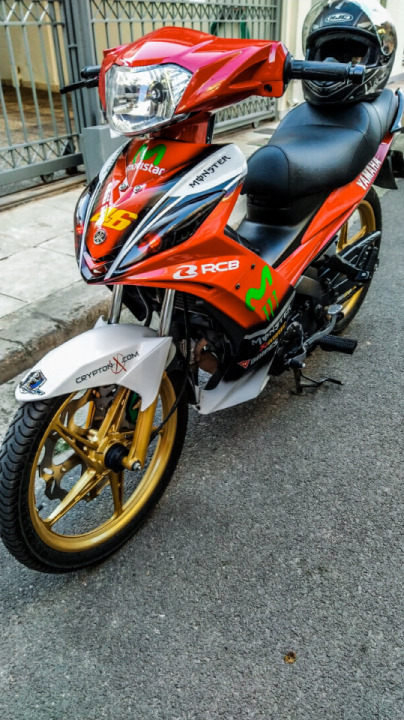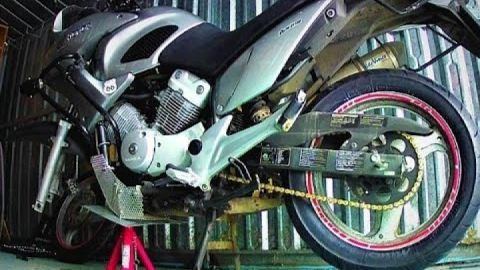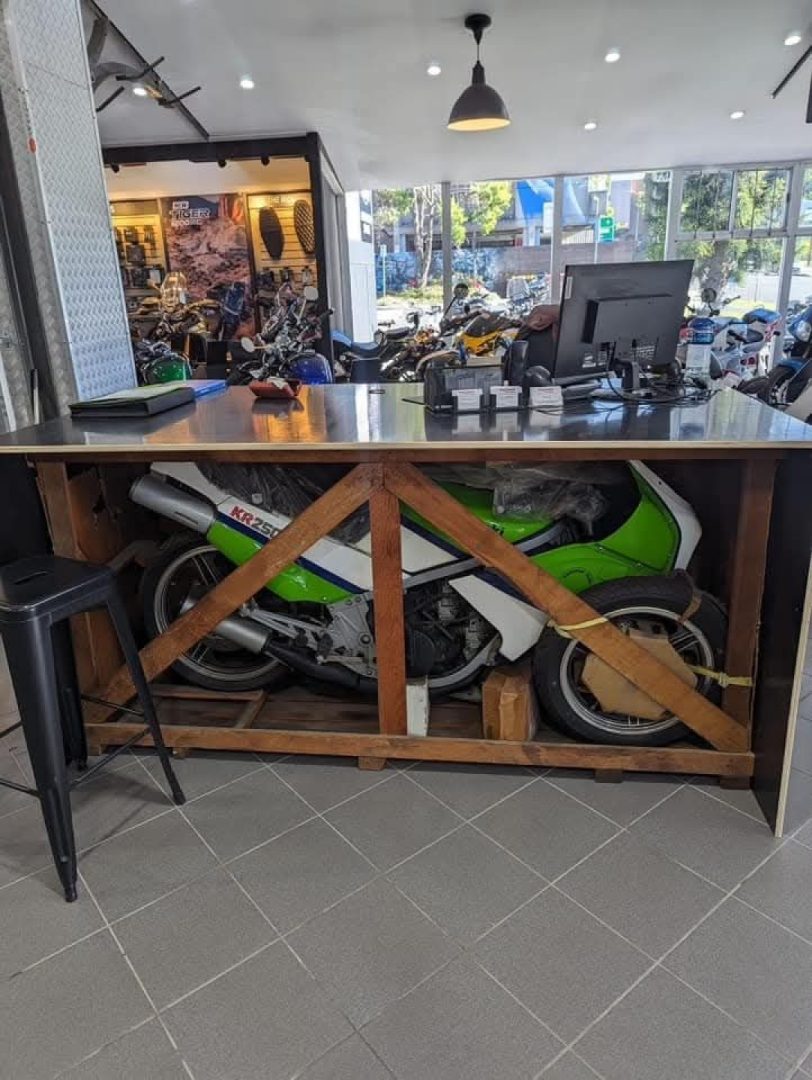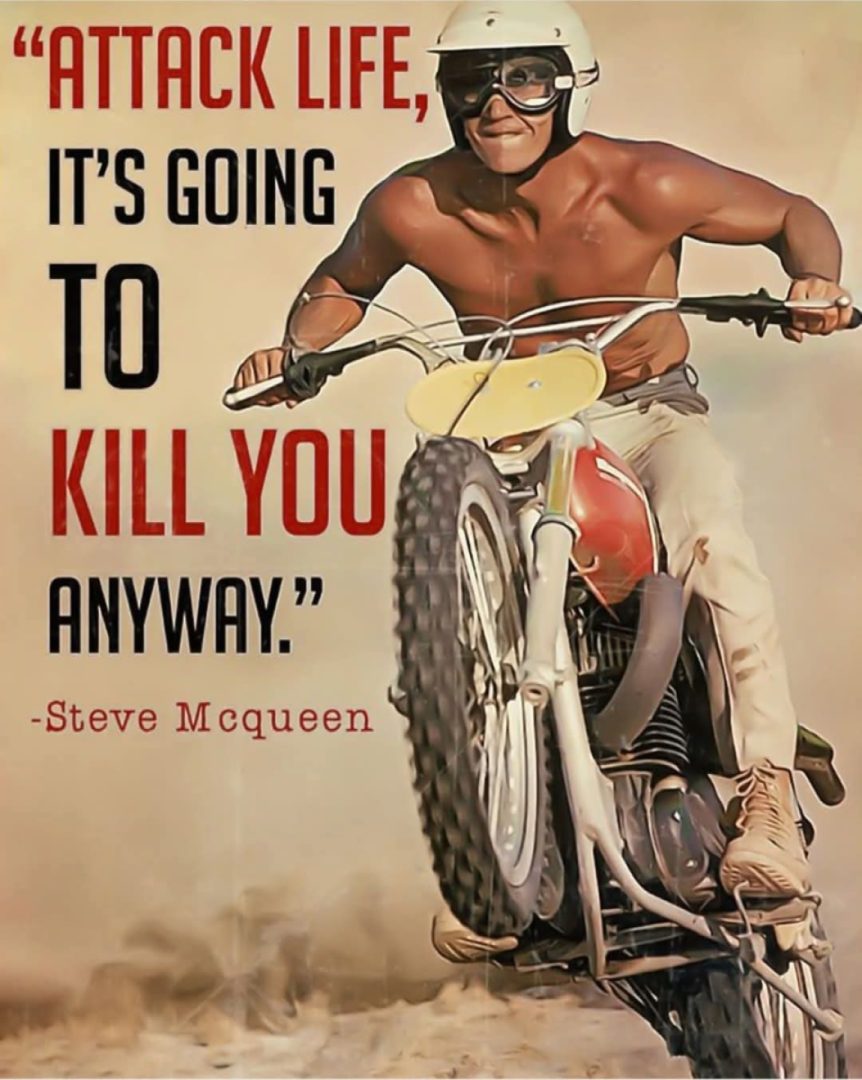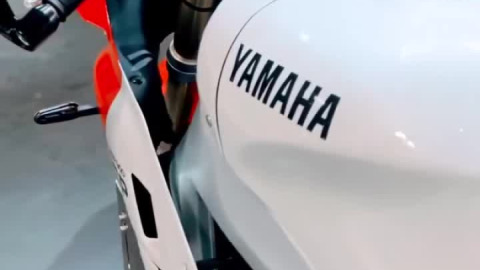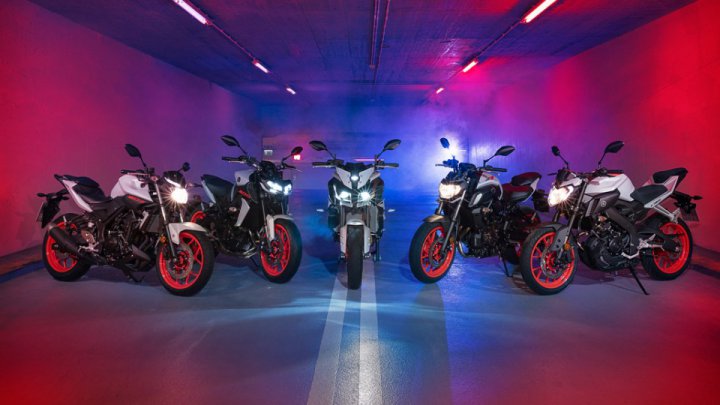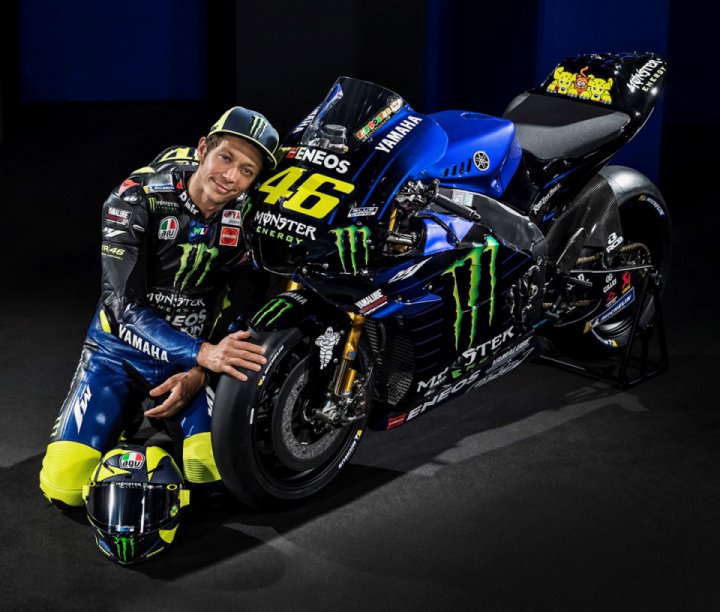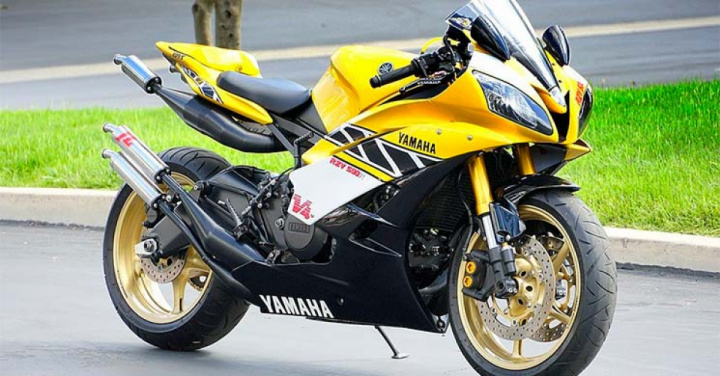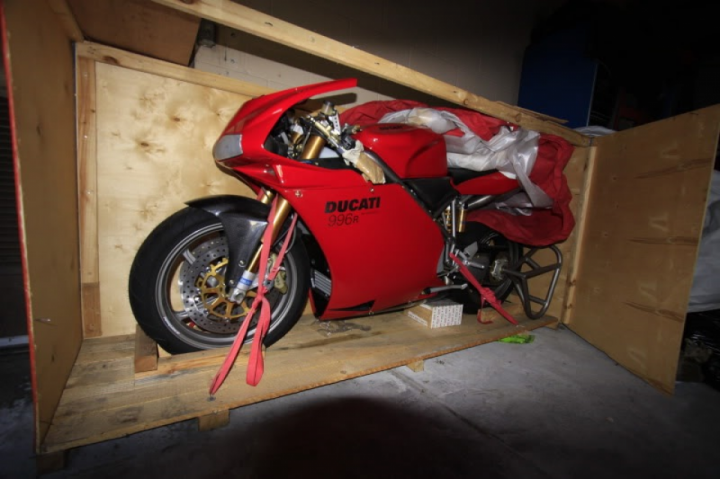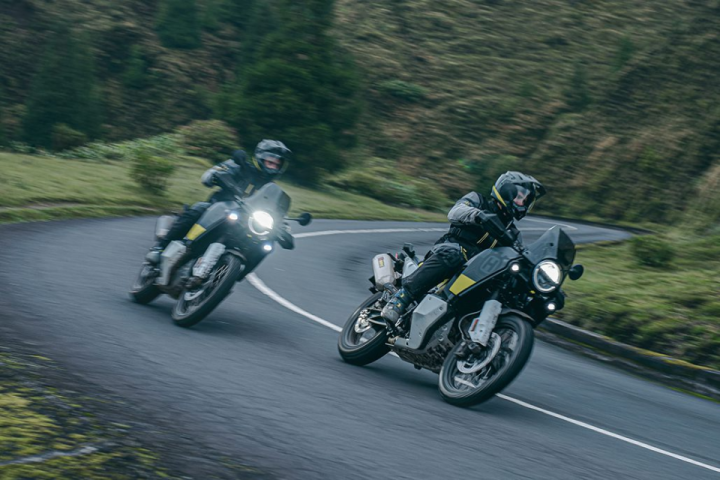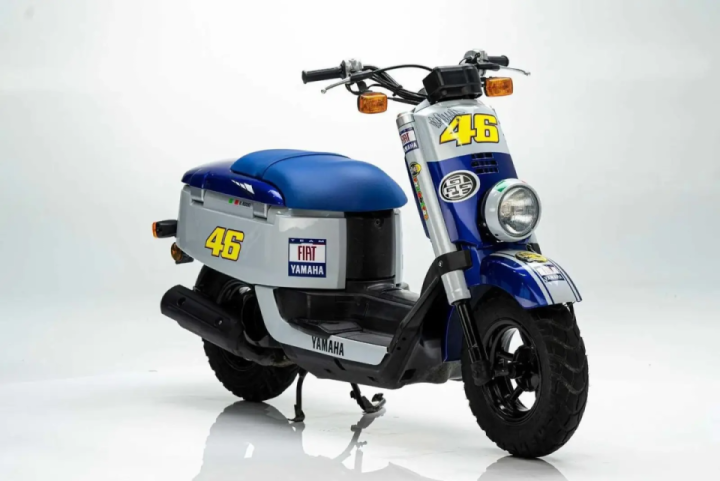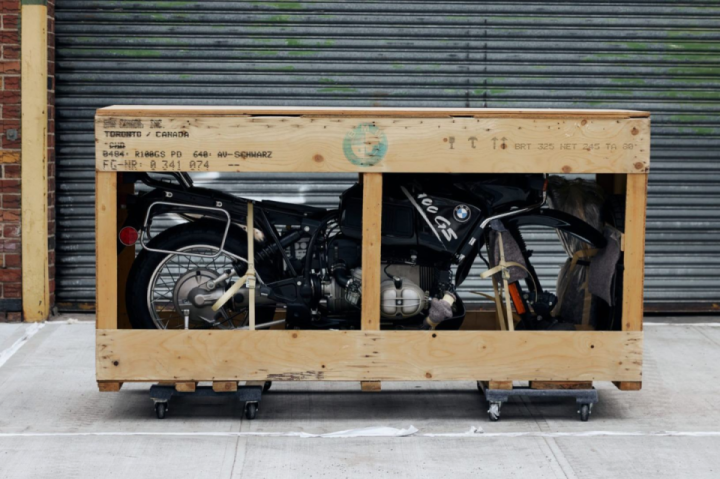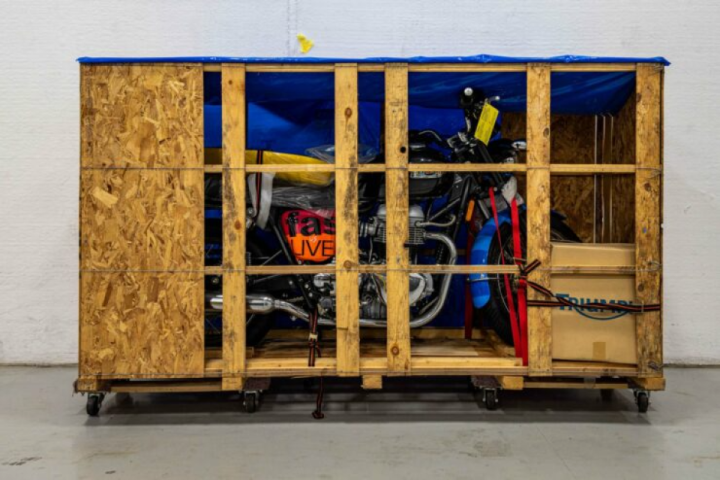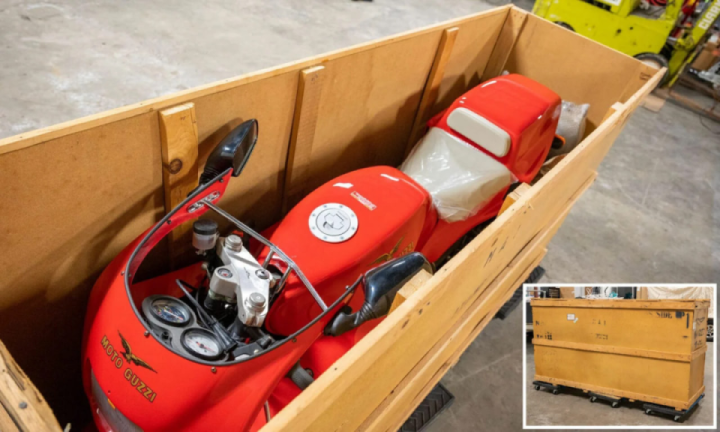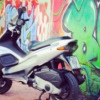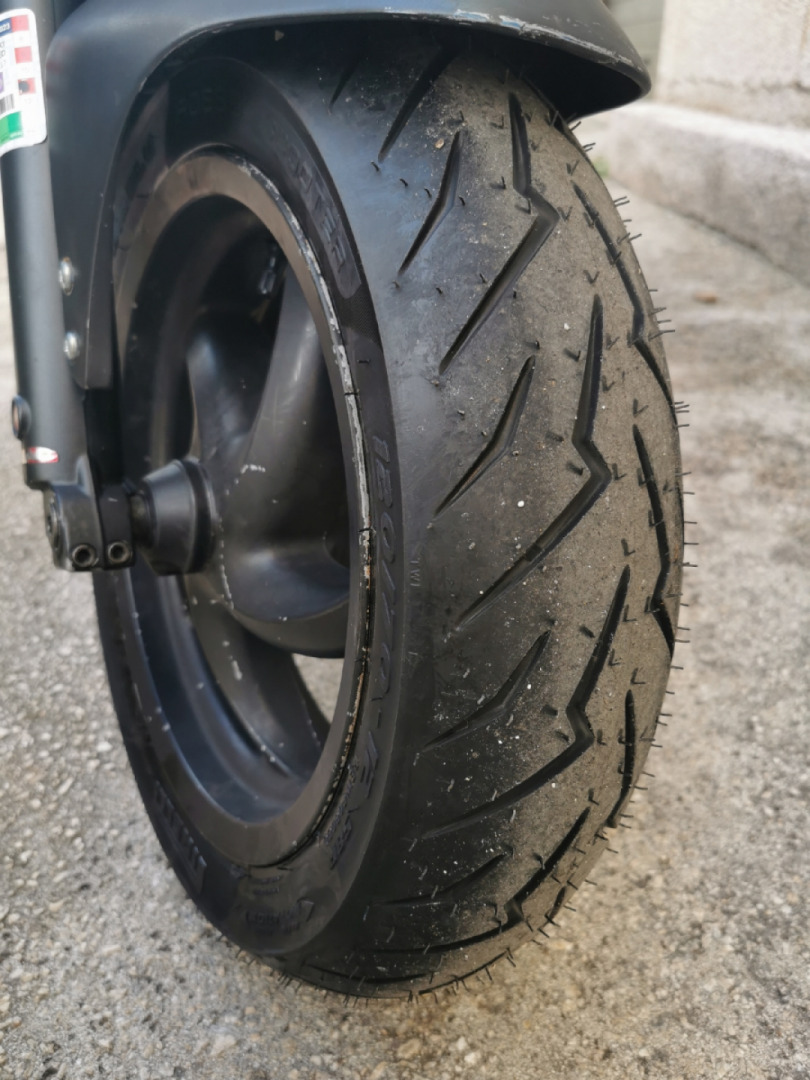The SR500 was the road-going version of the Yamaha XT500, an indestructible off-road motorcycle that is best remembered today for its dominance in the early days of the grueling Paris-Dakar Rally – winning the first and second editions of the event in 1979 and 1980.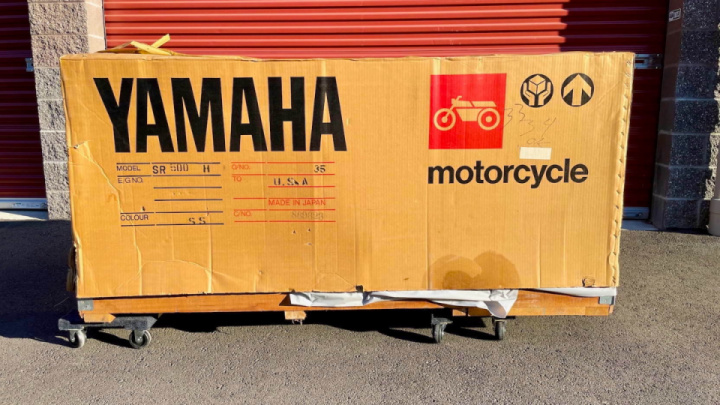 Fast Facts – The Yamaha SR500
Fast Facts – The Yamaha SR500
- The SR500 was first released in 1978, essentially as a road-going version of the popular Yamaha XT500 off-road motorcycle.
- The SR500 is powered by a famously-tough air-cooled single cylinder engine with a single overhead cam, two valves per cylinder, a single carburetor, and a 5-speed transmission.
- Thanks to the affordability of the SR500 and its indestructibility, it became a popular commuter bike in Japan, Australia, and Europe.
- In more recent years the SR500, and its descendant the SR400, have become a common choice for custom motorcycle builders around the world who turn them into cafe racers, scramblers, flat trackers, and Brat-style bikes.
The Yamaha SR500 – King Of The Modern Thumpers
When Yamaha stylist Atsushi Ishiyama was introducing a prototype of the SR500 to dealers in the USA in 1975 he said:
“Our choice was to design the new SR500 with a strong family image and a strong link to our first four stroke, the XS 650 twin, which was also inspired by British design.”

With inspiration clearly taken from the Brits with their parallel twins and large singles the engineers at Yamaha set about making them modern and reliable, with upgrades like unit construction, overhead cams, and over-engineering to give them bulletproof reliability.
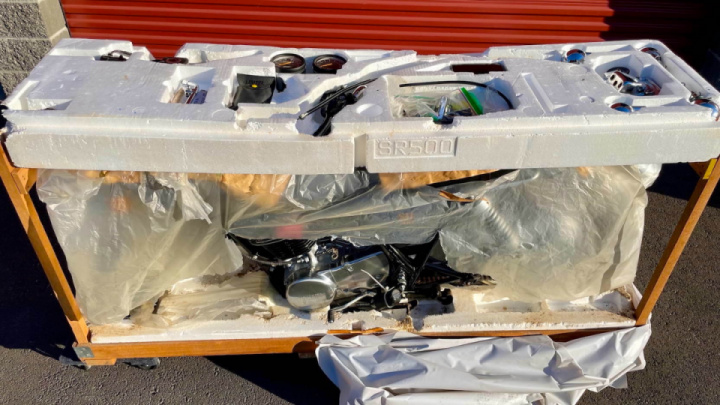
In order to prove their toughness they sent the Yamaha XT500 to compete, first in the 1977 500cc Motocross World Championship with Bengt Åberg int the saddle, competing against the dominant two-strokes.
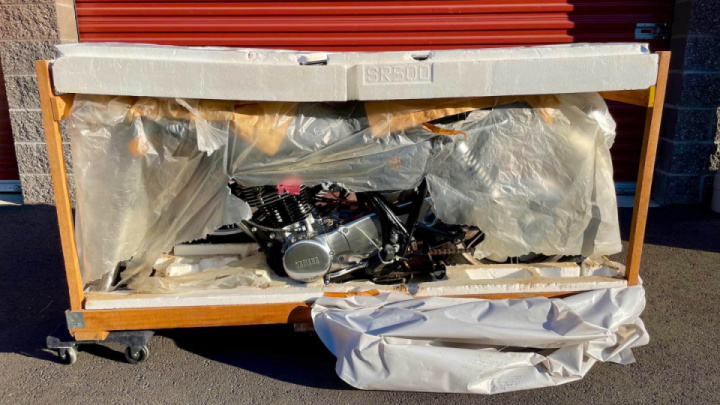
Amazingly Åberg was able to win the 1977 500cc Luxembourg Grand Prix and he ended the season ranked 9th, an achievement few had predicted at the beginning of the season. After this Yamaha sent the XT500 to compete in the big African rallies, starting with the Paris–Abidjan-Nice followed by the Paris–Dakar Rally in 1979 and 1980, both of which it won.
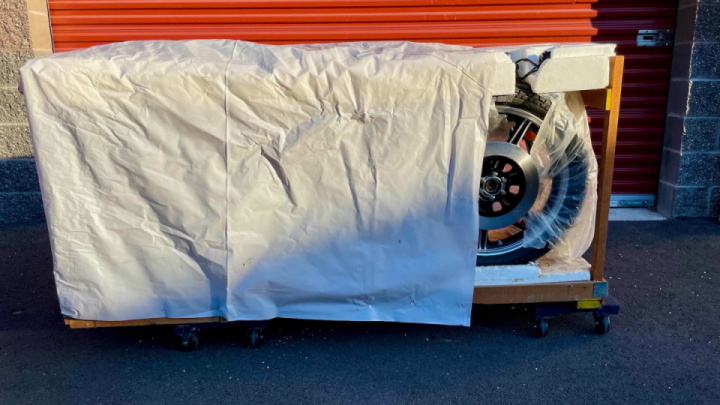
With its engineering chops now proven before a global audience sales of both the XT500 and the SR500, which was powered by essentially the exact same engine, were strong. So strong in fact that it became one of the longest-produced model families in Yamaha history, with production running from 1978 to the current day.
The bike is now in production as the SR400, with fundamentally the same engine but with a shorter stroke, an increased compression ratio, and fuel-injection to help it pass modern emissions standards.
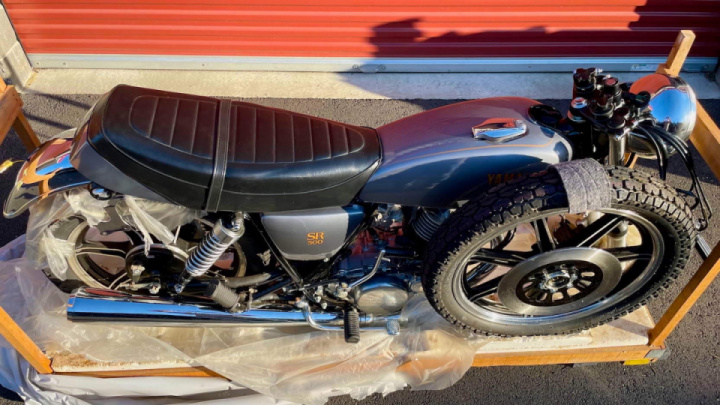
The 1981 Yamaha SR500H Shown Here
The SR500H was the model offered for sale in the US market in 1981, this was also the final year the model was offered in the United States, which may explain how this one ended up staying in its crate for so long.
For many years the bike was owned by Charles “Chuck” Hardin of Empire Cycle in Spokane, Washington, who opted to keep it in its crate and preserve it as is. The bike is now due to cross the auction block with Mecum in late January exactly as you see it here in these images – crated and unassembled.
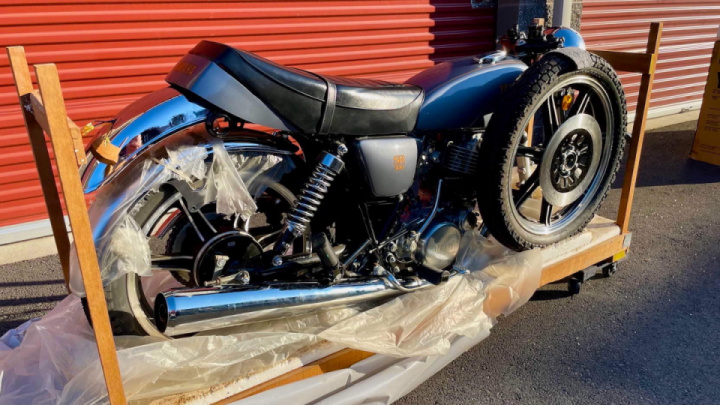
It’ll be interesting to see what the new owner opts to do with it, whether it stays in the crate or is removed, assembled, and ridden. It’s difficult to predict what it might sell for, the bike is a cult classic after all and this is the first one we’ve ever seen come up for sale in its crate, Mecum are offering it without reserve.
Credit: silodrome
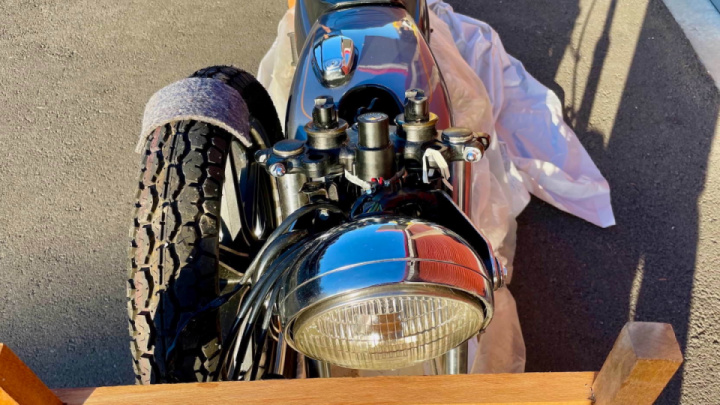

#Yamaha #Classic #Moto #Bike



